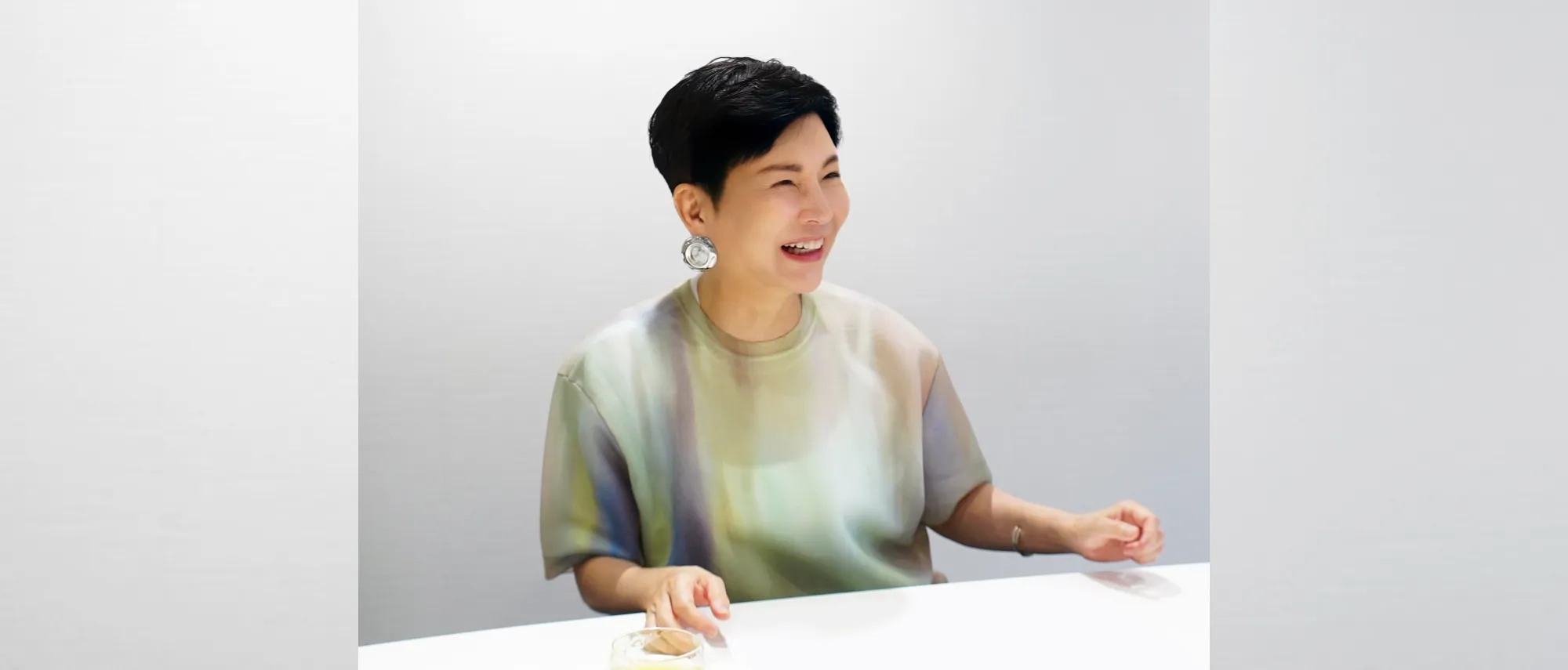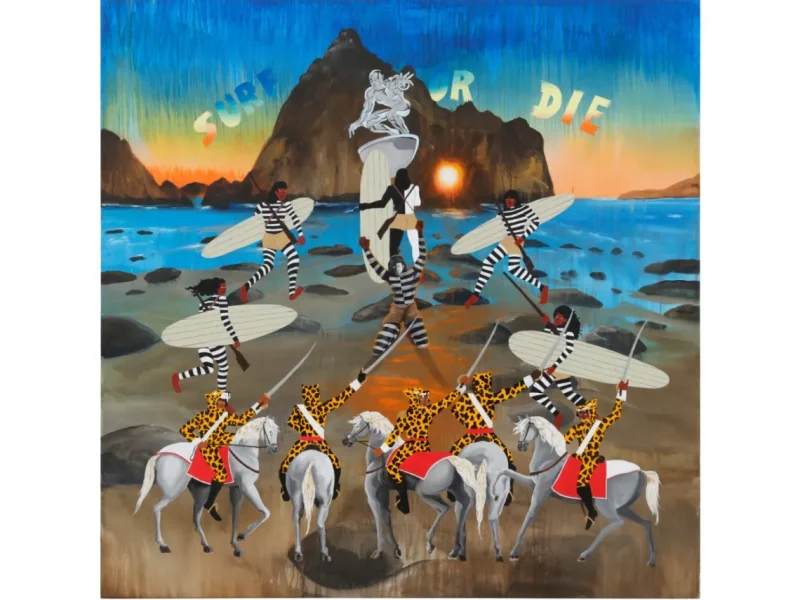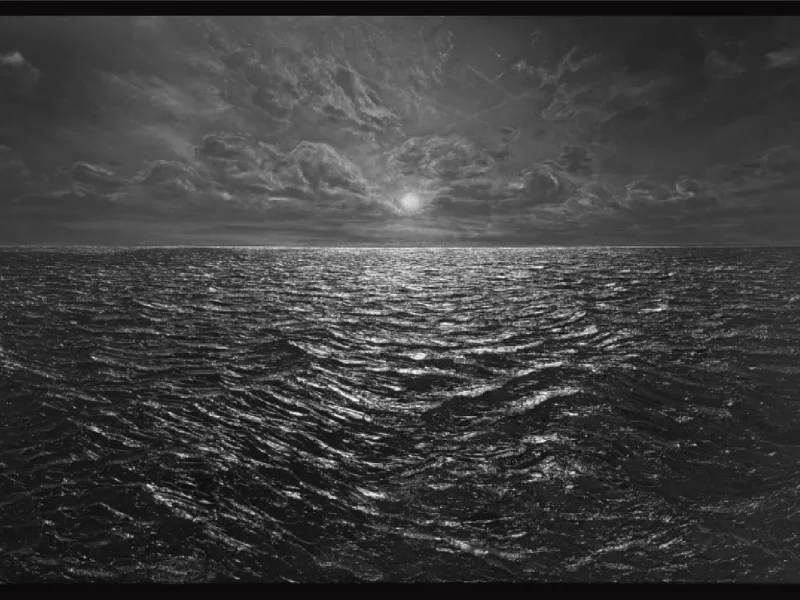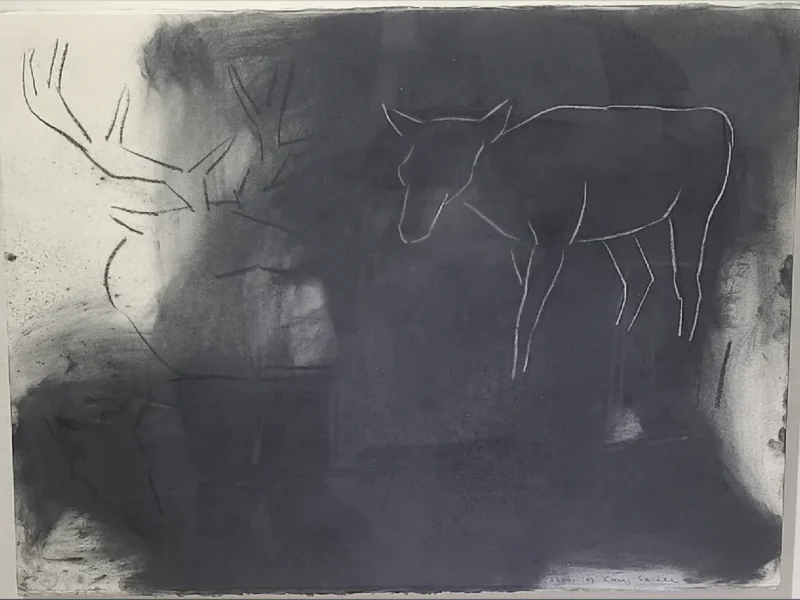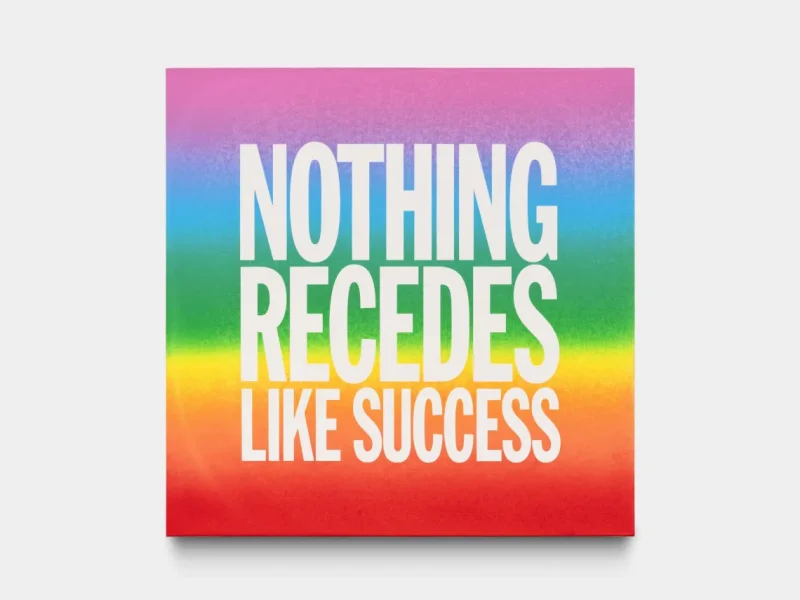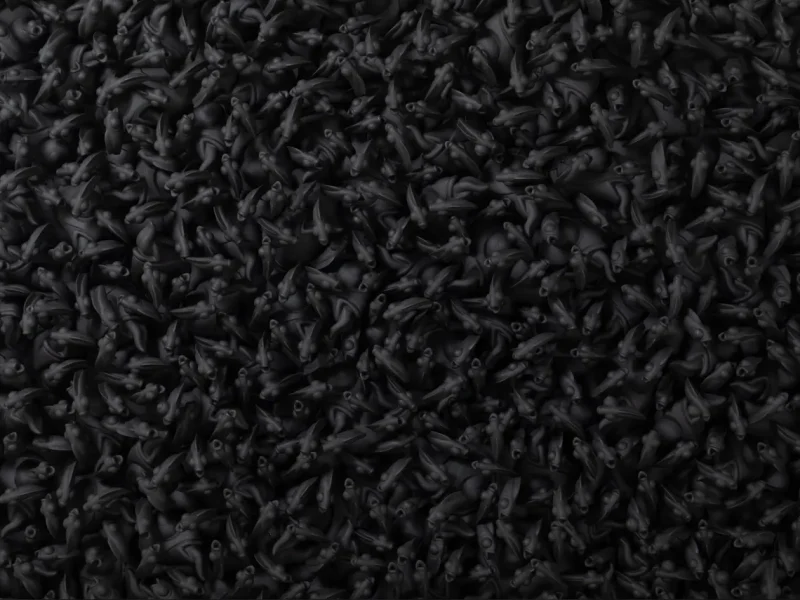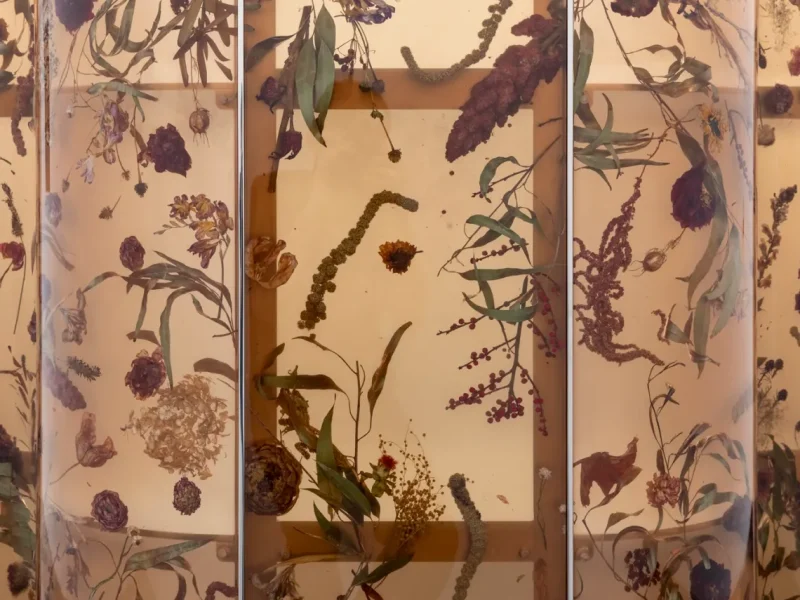In 1998, Izumi Ogino became the first Japanese woman to present a collection at Milan Fashion Week. As Creative Director of the fashion brand ANTEPRIMA, she has continued her activities across Tokyo, Milan, and Hong Kong. Yet, her path has been shaped by more than fashion alone − deep passion for contemporary art and collaborations with artists have breathed new life into her creations.
In this interview, Ogino reflects on her first encounters with art, how collaboration with artists has transformed her creativity, and her hopes for the Japanese art scene.
"To me, artists are ‘god-like’ figures, capable of expressing truths fashion often can’t.”
When did you first become interested in contemporary art, and what sparked that interest?
“Art can express emotions and ideas that fashion cannot,” says Ogino, of her relationship with art that began nearly 40 years ago.
“My first opportunity came when I started distributing an Italian brand in Asia. The brand was still unknown at the time, but they were actively incorporating art into their vision for global expansion. I was deeply impressed by this approach and thought, ‘the power of art is incredible.’ Competing brands were also engaging with art, so I realized it wasn’t just a trend—it was something fundamentally capable of merging with fashion.”
At first, her involvement was limited to visiting galleries as a viewer. But about 30 years ago, she became more deeply engaged. One unforgettable experience was the year Junji Ito served as Commissioner for the Japan Pavilion at the Venice Biennale.
“Katsuhiko Hibino and Hiroshi Senju were participating, and architect Kengo Kuma was also involved from the preparation stage. I was only supporting the exhibition from the outside, but being exposed to that process was incredibly stimulating. That was the moment I truly fell in love with contemporary art.”
Since then, Ogino has made it a point to attend the Venice Biennale as often as possible.
“Art has the power to ask questions that transcend nations and cultures. Fashion, on the other hand, has the power to reach a broad audience. For me, collaborations with artists are less about creation alone and more like a dialogue.”
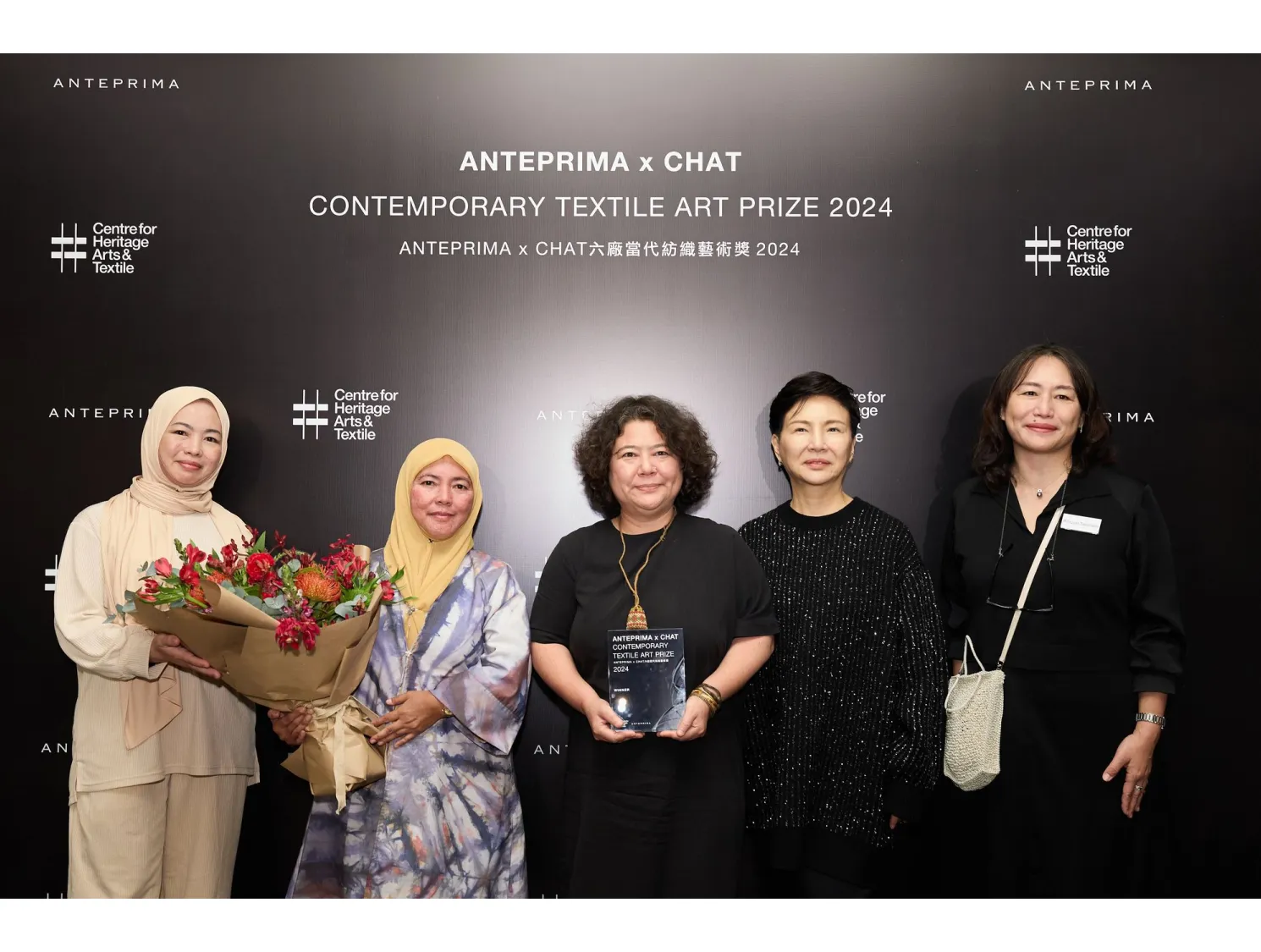
How do you discover artists? Can you tell us a bit about your research process?
I often encounter artists through several art groups I belong to. Each group has about twenty members, and around five people belong to both, so we’ve become quite close. Together, we often plan trips to visit exhibitions, biennales, and art fairs.
Because my work frequently takes me to Hong Kong and Italy, I’ve also become involved in supporting institutions such as M+ and CHAT (Centre for Heritage, Arts and Textile). This means I sometimes gain access to information within the art world relatively early. Of course, I also attend art fairs, but rather than going with a particular goal of “searching for something,” I prefer to wait for those natural encounters that happen at the right time.
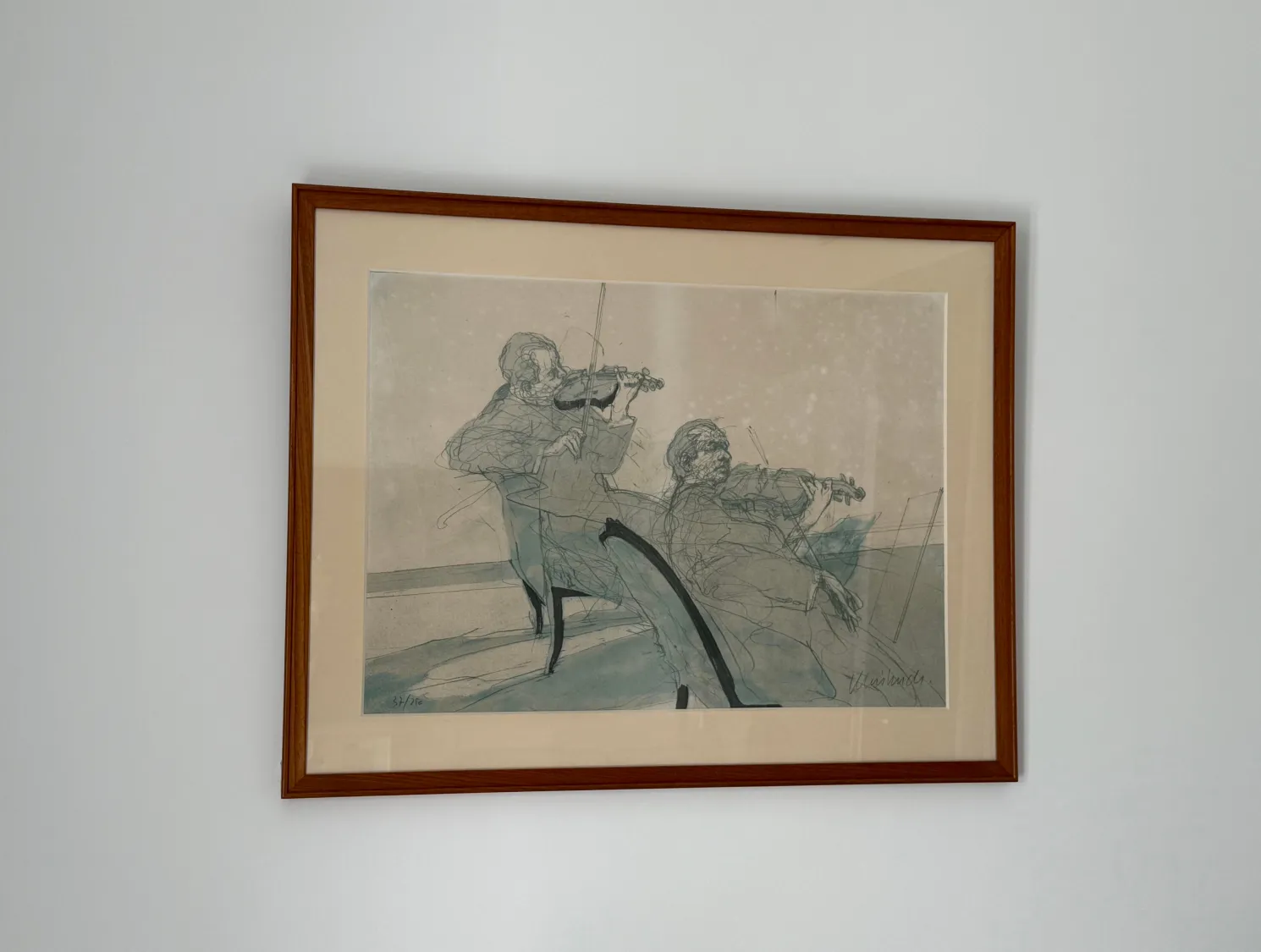
Can you tell us about the first piece of art you ever bought?
It was nearly fifty years ago, when I had just gotten married and moved into a small apartment. I was around 23 years old and didn’t have much money. The walls felt bare, so I thought it would be nice to hang something, so I bought a lithograph by Claude Weisbuch. I didn’t have any real knowledge of art—it was simply because I felt the piece would make the room feel more lively.
Since it was a lithograph, it wasn’t too expensive, and I still have it hanging today in my husband’s bedroom in Hong Kong. The colors have faded slightly over time, but that patina makes it even more endearing. It brings back the feelings I had at the time and remains a very important piece to me.
Do you ever consult with other people when purchasing an artwork?
I wouldn’t say I “consult” per se, but when visiting exhibitions with close collector friends, if someone whispers, “I own that piece,” I sometimes find myself swayed (laughs). Even if it was already a work I liked, knowing that someone I trust owns it can give me the extra push.
That was the case when I encountered Izumi Kato’s work. A collector friend told me, “I hadn’t intended to buy it, but once I put it up, it looked incredible.” Hearing that made me think, “Maybe I should try owning one, too.” Those casual remarks often linger in my memory and unexpectedly become the final deciding factor.
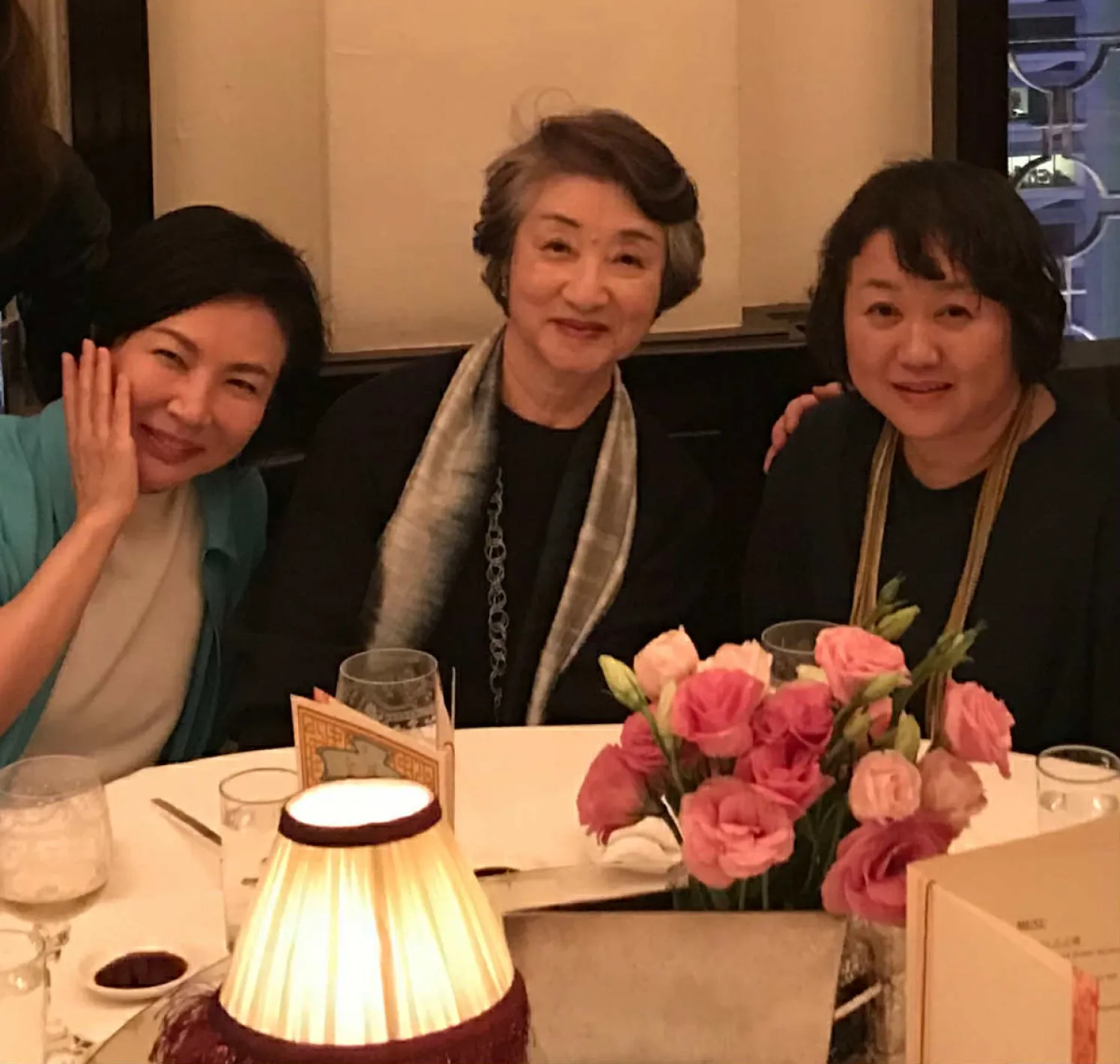
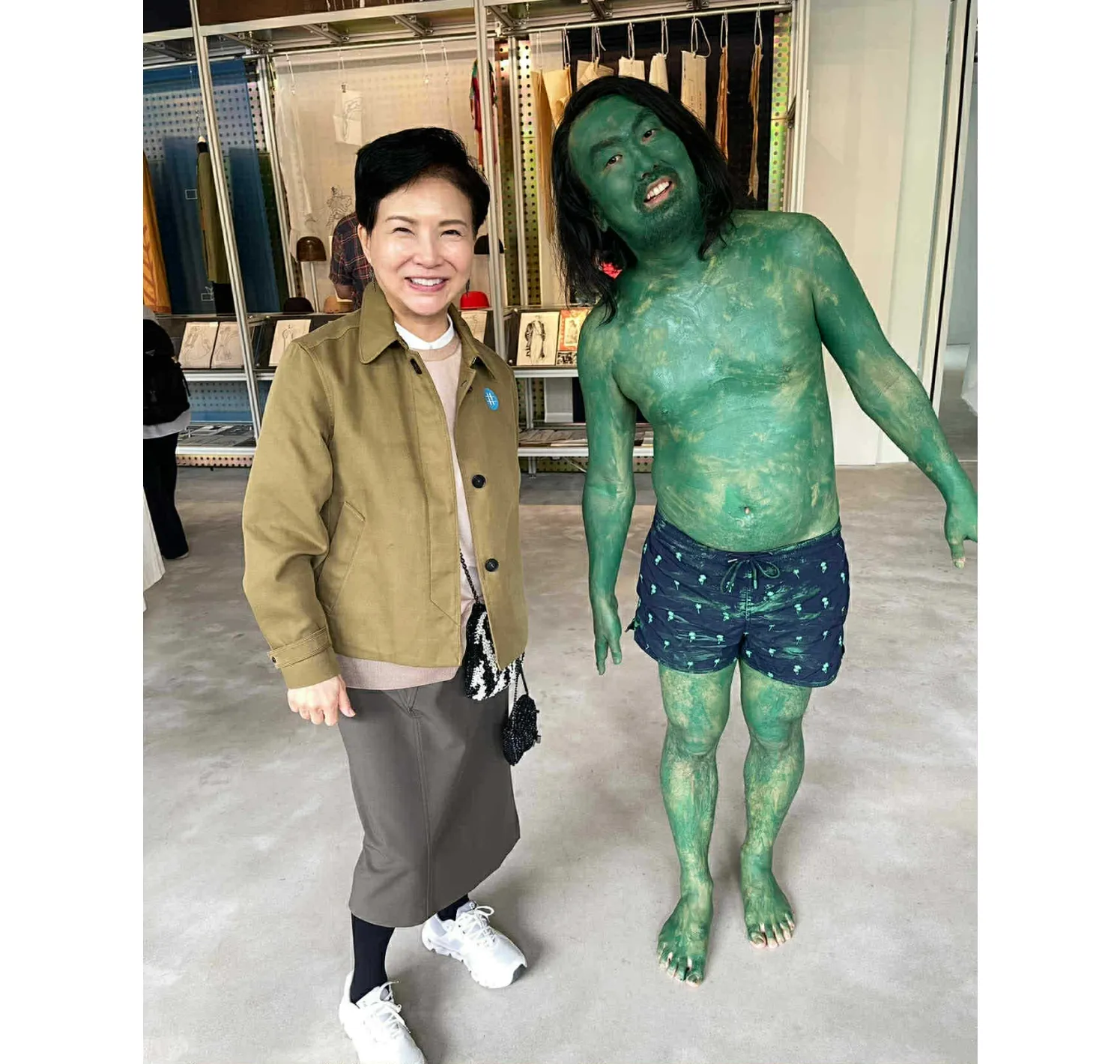
Have there been any particularly memorable encounters with artists or gallerists?
I’ve had so many meaningful encounters over the years. For example, through programs at the Mori Art Museum, I had the opportunity to meet incredible artists such as Leandro Erlich, Hiroshi Sugimoto, and Chiharu Shiota.
I collaborated with Mr. Sugimoto at a fashion show held at the Italian Embassy in Rome, where my collection intersected with his Bunraku performance—an unforgettable experience. And I’ll also never forget when Ei Arakawa-Nash painted his entire body, transforming into a frog, and we hopped together like frogs! It remains one of my most vivid memories.
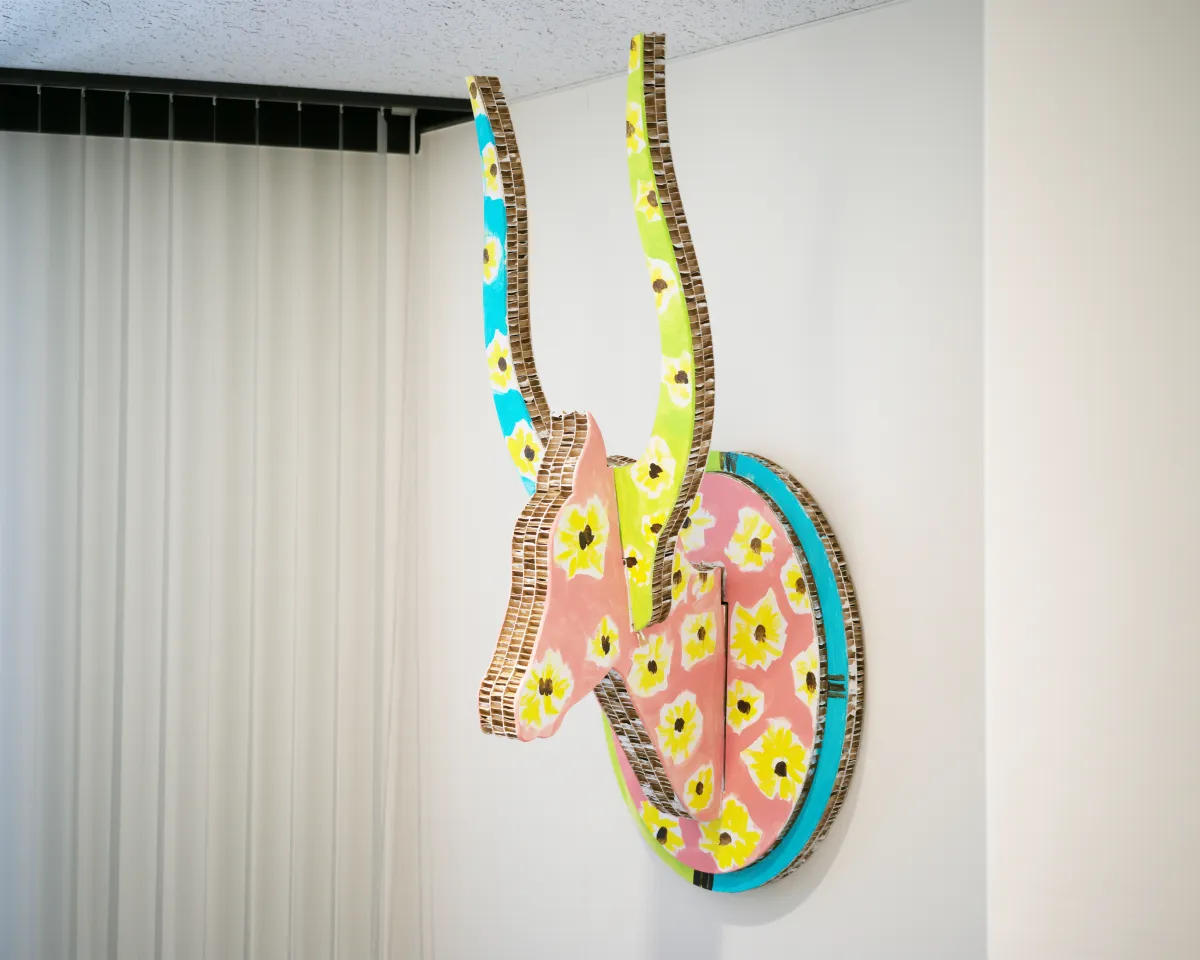
Can you tell us about your collaborations with artists, both personally and through your fashion brand ANTEPRIMA?
I’ve always felt that art can express things that fashion alone cannot. Fashion constantly requires consideration of the market, deadlines, costs, and the realities of mass production, whereas artists create with greater freedom and depth of thought. I’ve long been fascinated by that difference.
Initially, art was purely a personal passion, separate from my work with ANTEPRIMA. About twenty years ago, I began collaborating with artists on a one-off basis. More recently, when I turned seventy and began to think about retirement, I arrived at a new idea: bringing the power of art into my collections.
In the past, I would often draw inspiration for a collection from travel experiences. But now I find myself learning from the perspectives and philosophies of artists, and incorporating their worldviews into the creative process. What started as a private interest in art has now merged with my work, and designing collections feel fresher and more enjoyable. My team also finds joy in this process, and as long as it continues to feel fun, I’d like to keep going a while longer.
How did that shift your creative process? When do these projects usually begin, and what does the process look like?
First, we decide on the artist to collaborate with for each season, and then the design team begins extensive research. We study their works, backgrounds, and philosophies in depth, always asking: How can we translate the artist’s ideas into fashion?
Fashion is always a race against time, but we make sure to carve out space for this research because it’s essential. In subsequent meetings with the artist, we share not only works and concepts but also interests and values. On our side, we prepare ideas about materials and techniques, bringing forward various proposals. Thanks to thorough research, the quality of our proposals is stronger.
Through multiple rounds of suggestions, we gradually refine the direction, building on the ideas that resonate with the artist. It’s a process of moving closer and closer to the core of our shared vision. Throughout production, we hold at least three meetings with the artist. I feel this process is vital in respecting both the artist’s perspective and ANTEPRIMA’s identity, ensuring the creation of a collection with real integrity.
Can you tell us your philosophy behind your collaborations?
For us, the most important thing is to approach both the artist and their work with the utmost respect. Collaborations between fashion and art are not uncommon, but I believe ANTEPRIMA’s strength lies in translating the artist’s vision holistically into the collection.
Rather than simply printing an image onto a T-shirt, we strive to embody the artist’s worldview across every element: materials, colors, techniques, treatments, silhouettes, even the staging and music of the runway show.
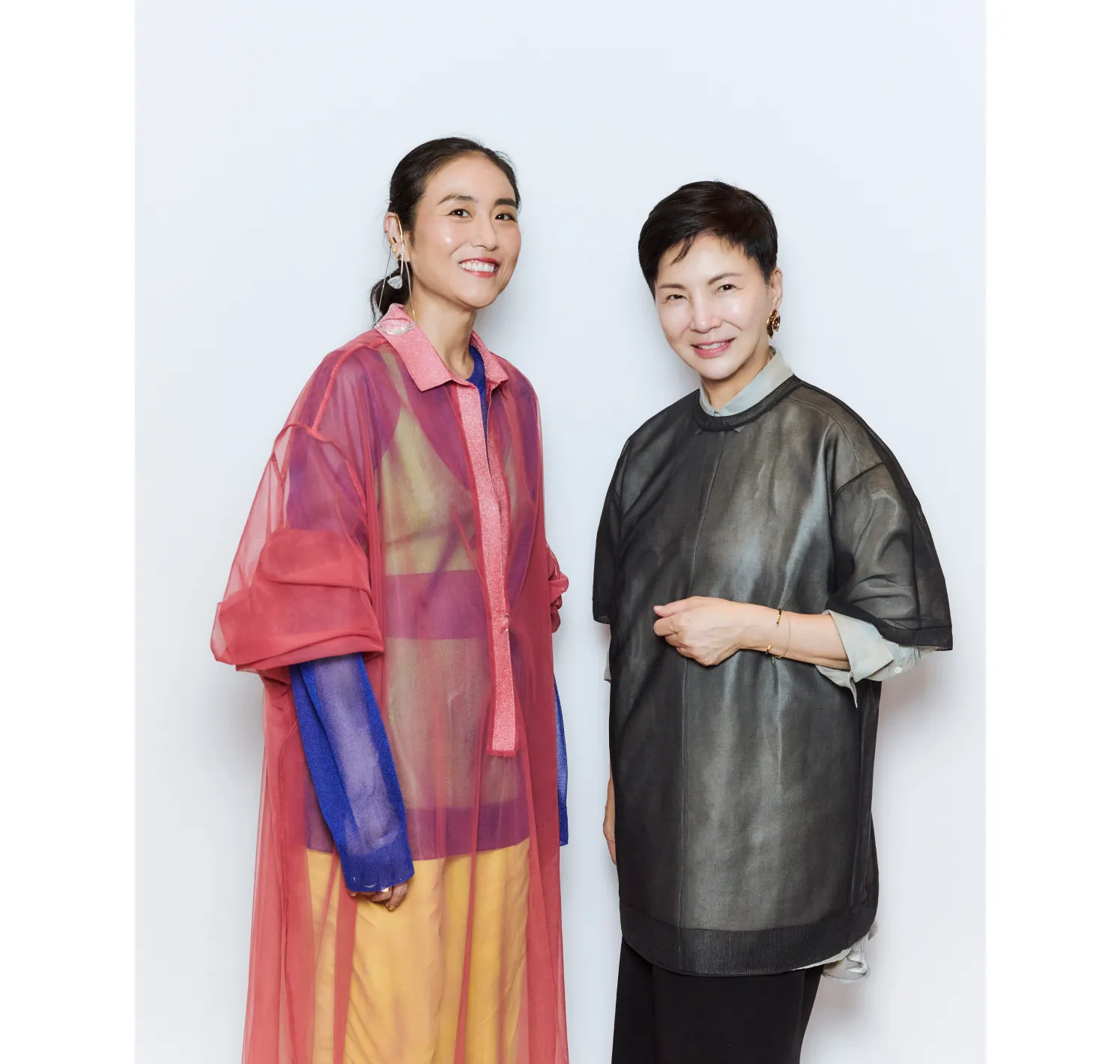
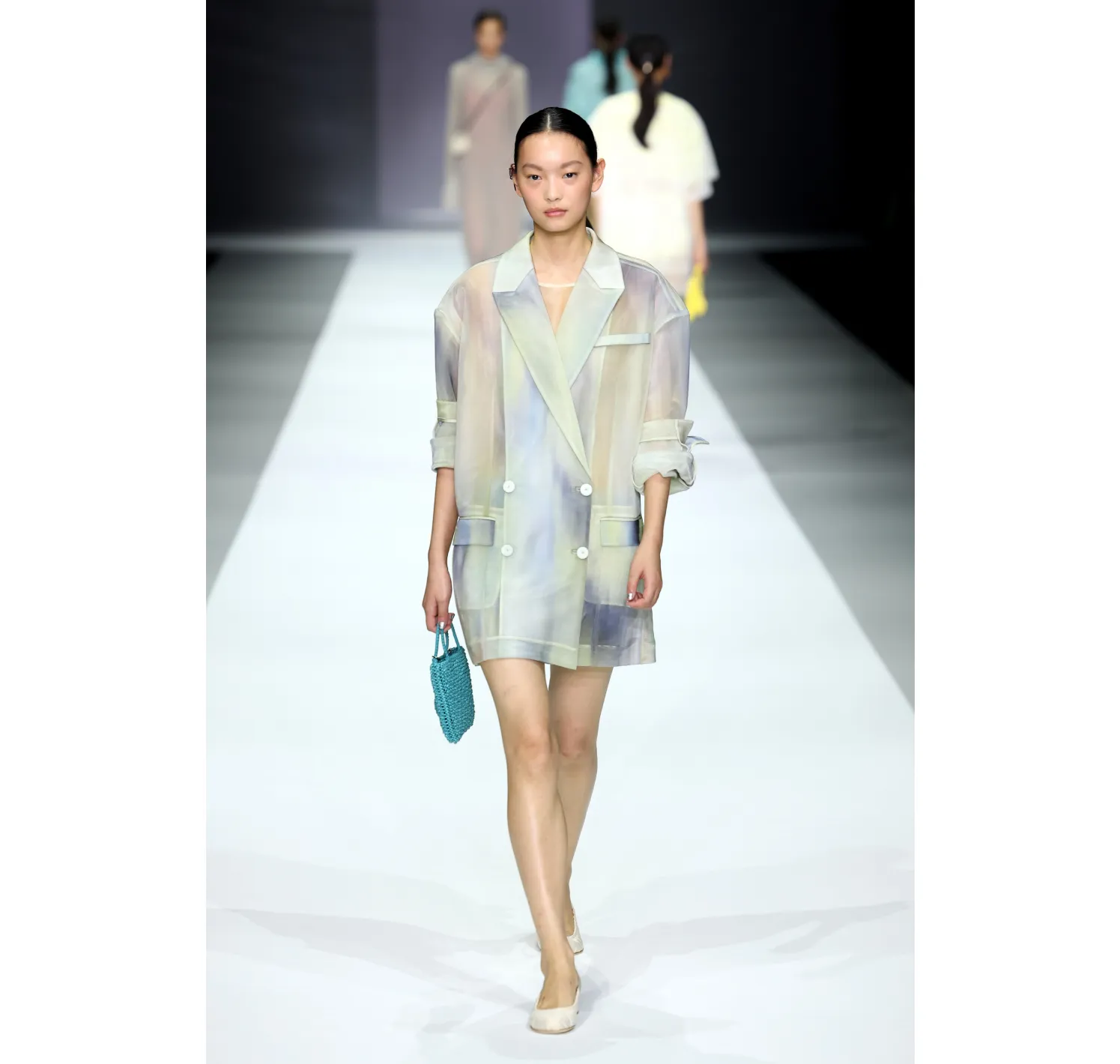
For instance, in our collaboration with Mika Tajima, she spoke about wanting people to sense how they see themselves reflected within the colors painted on acrylic in her Art d’Ameublement series. Inspired by that idea, we staged our fashion show so that models emerged from translucent, gradient-colored cylinders. Her works that weave ambient sounds into jacquard tapestries also influenced us—we began the show with the sound of bells, and incorporated her concepts into both the garment design and stage sets.
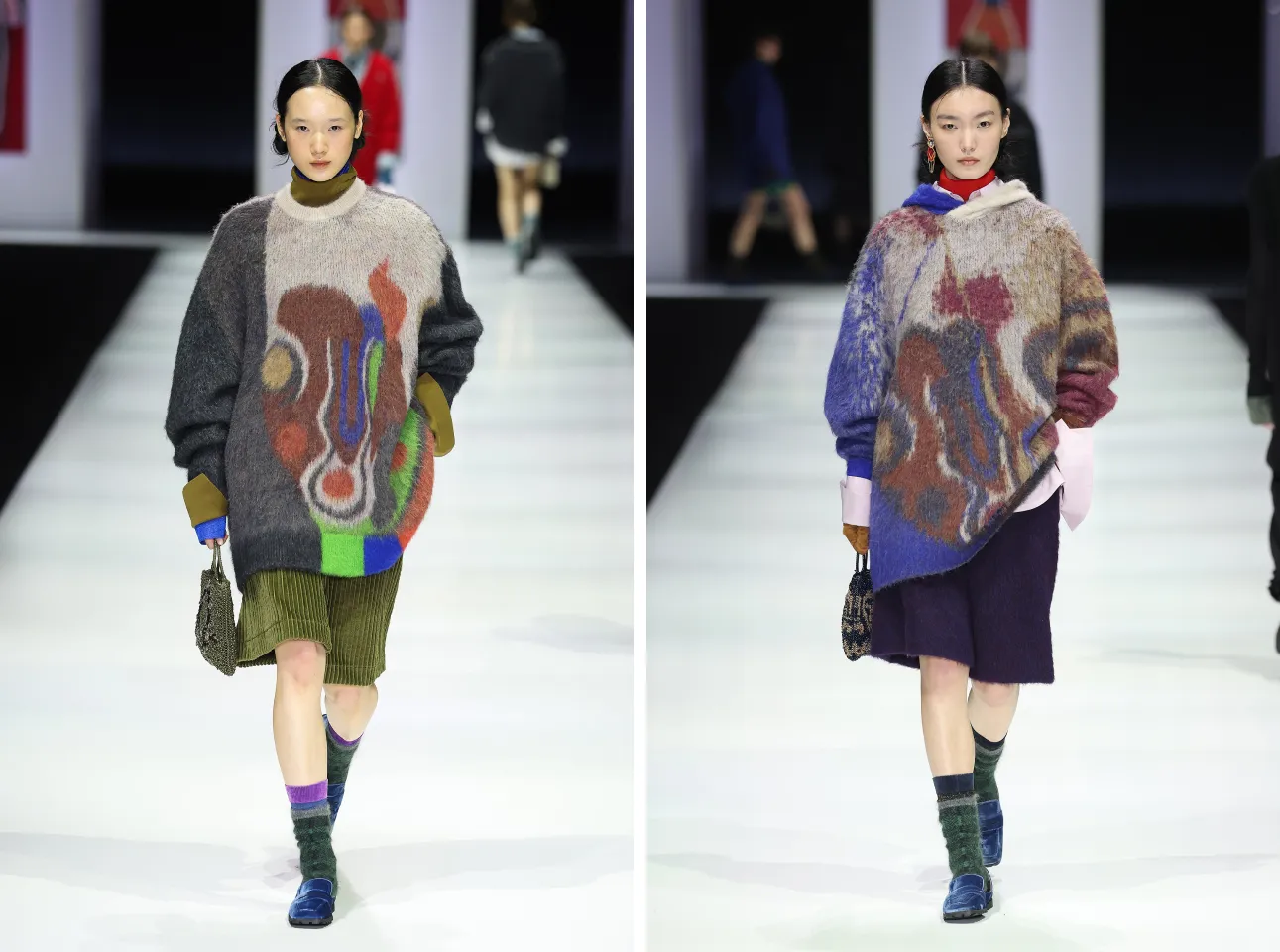
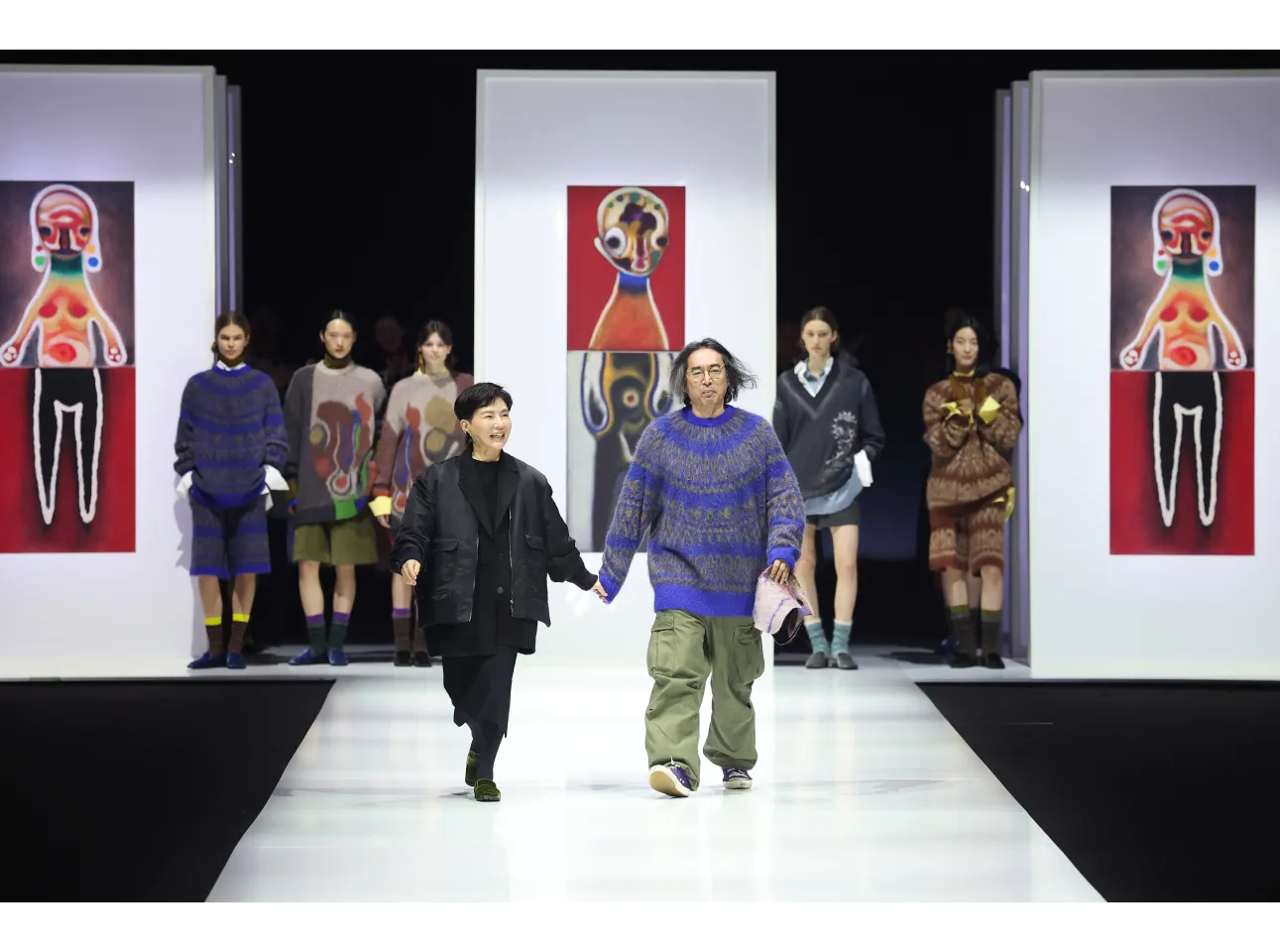
When working with Izumi Kato, we created alpaca knitwear with intarsia based on his paintings, then brushed the fabric to bring out a tactile quality closer to his original works. For the runway, we even used sound pieces he had composed as the soundtrack, so that his world permeated the entire presentation.
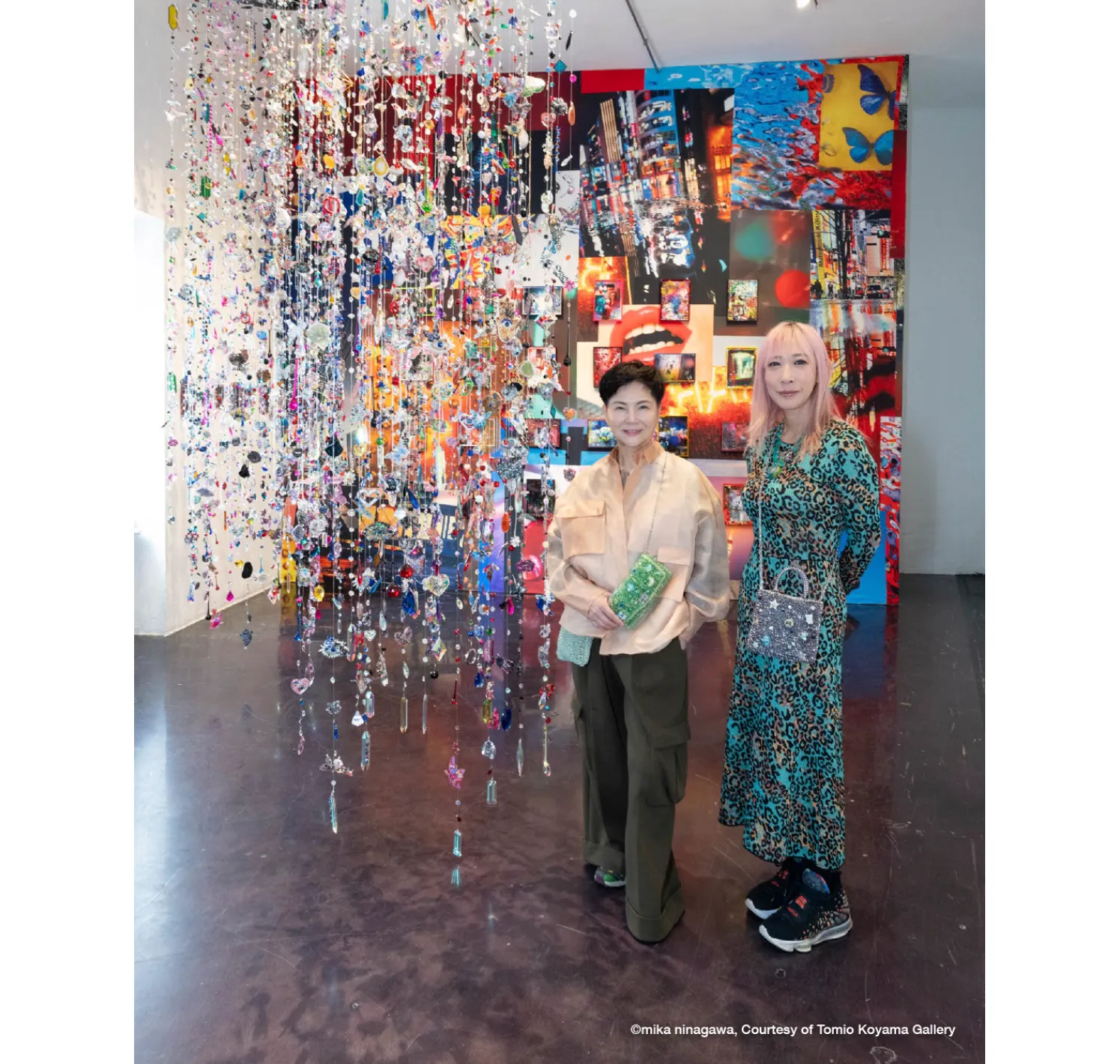
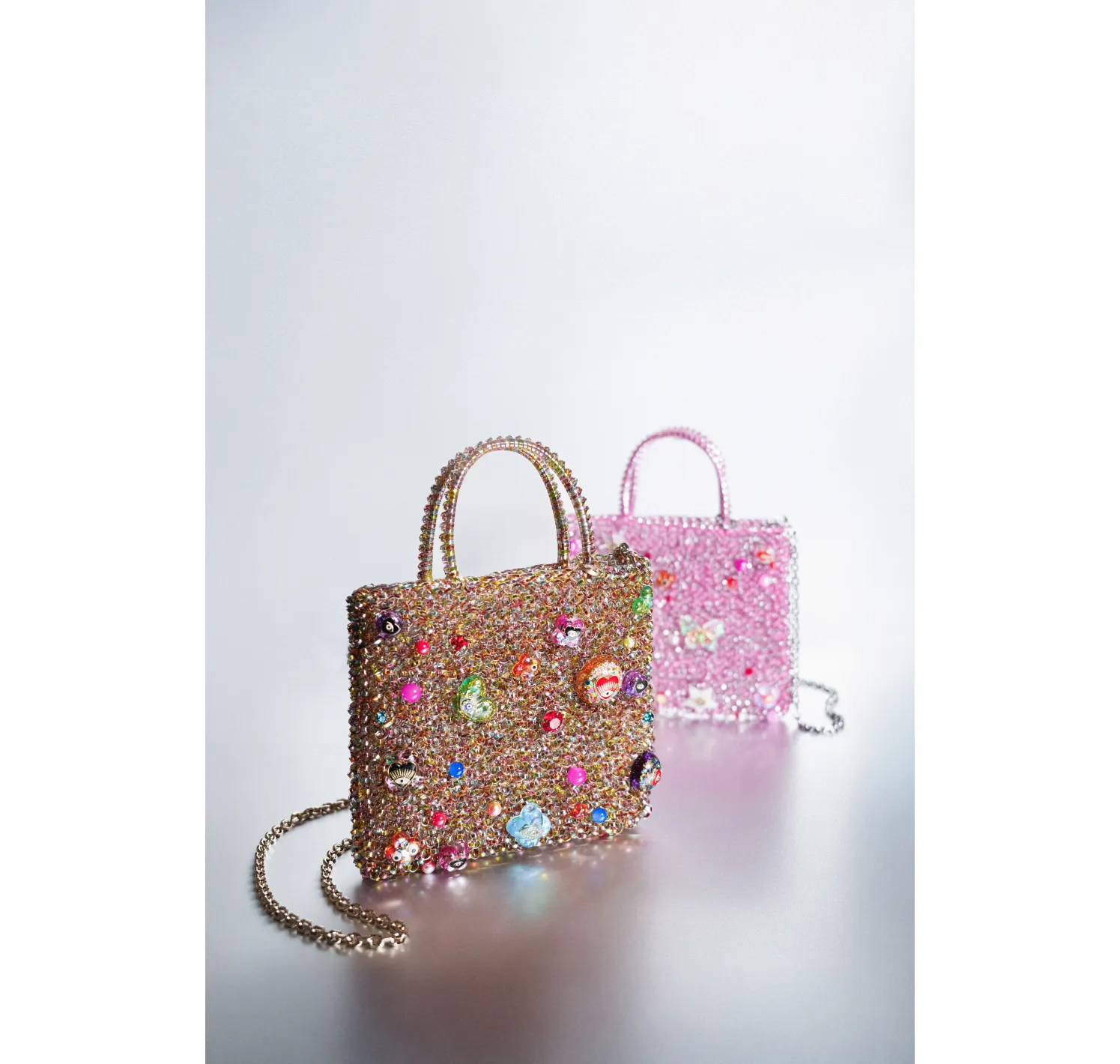
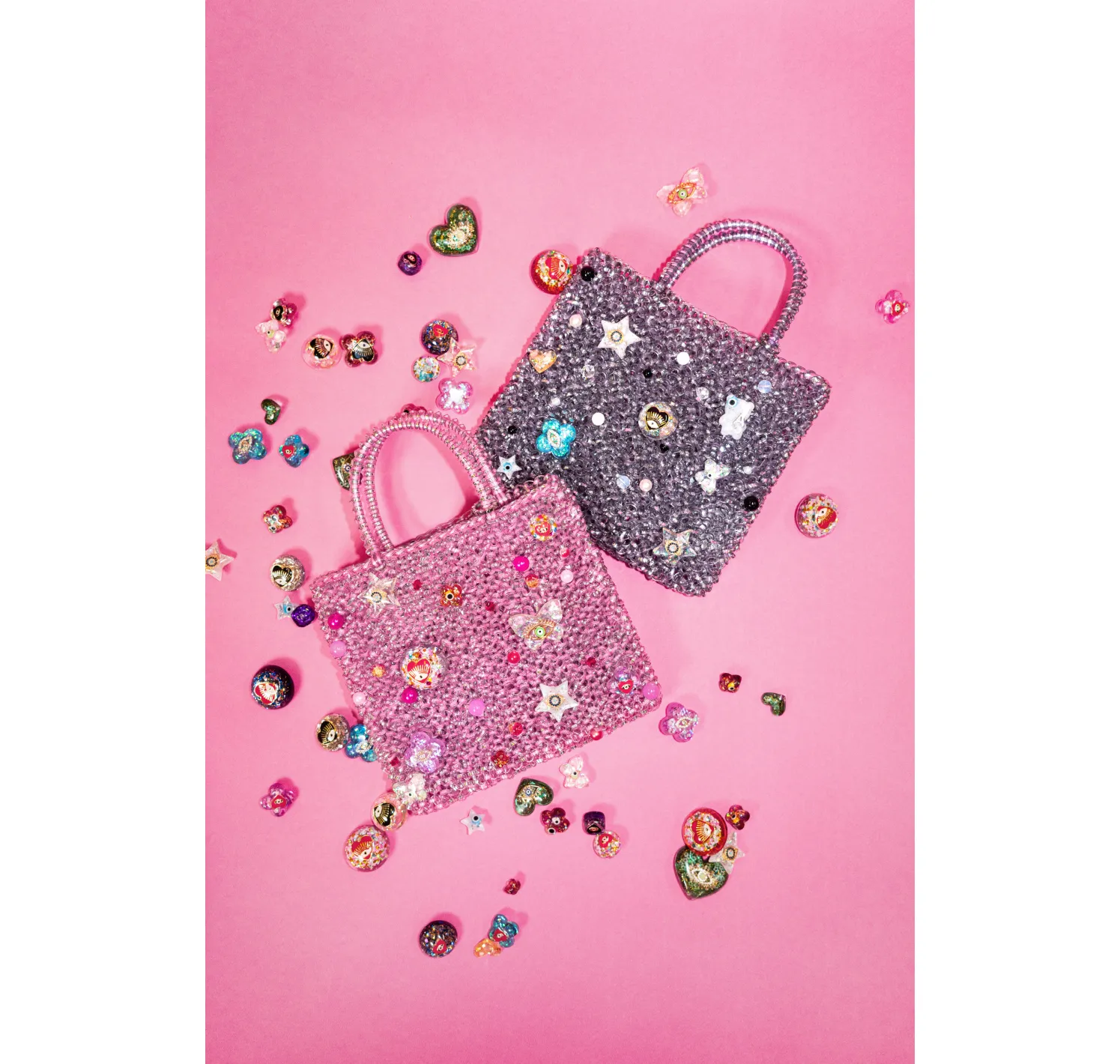
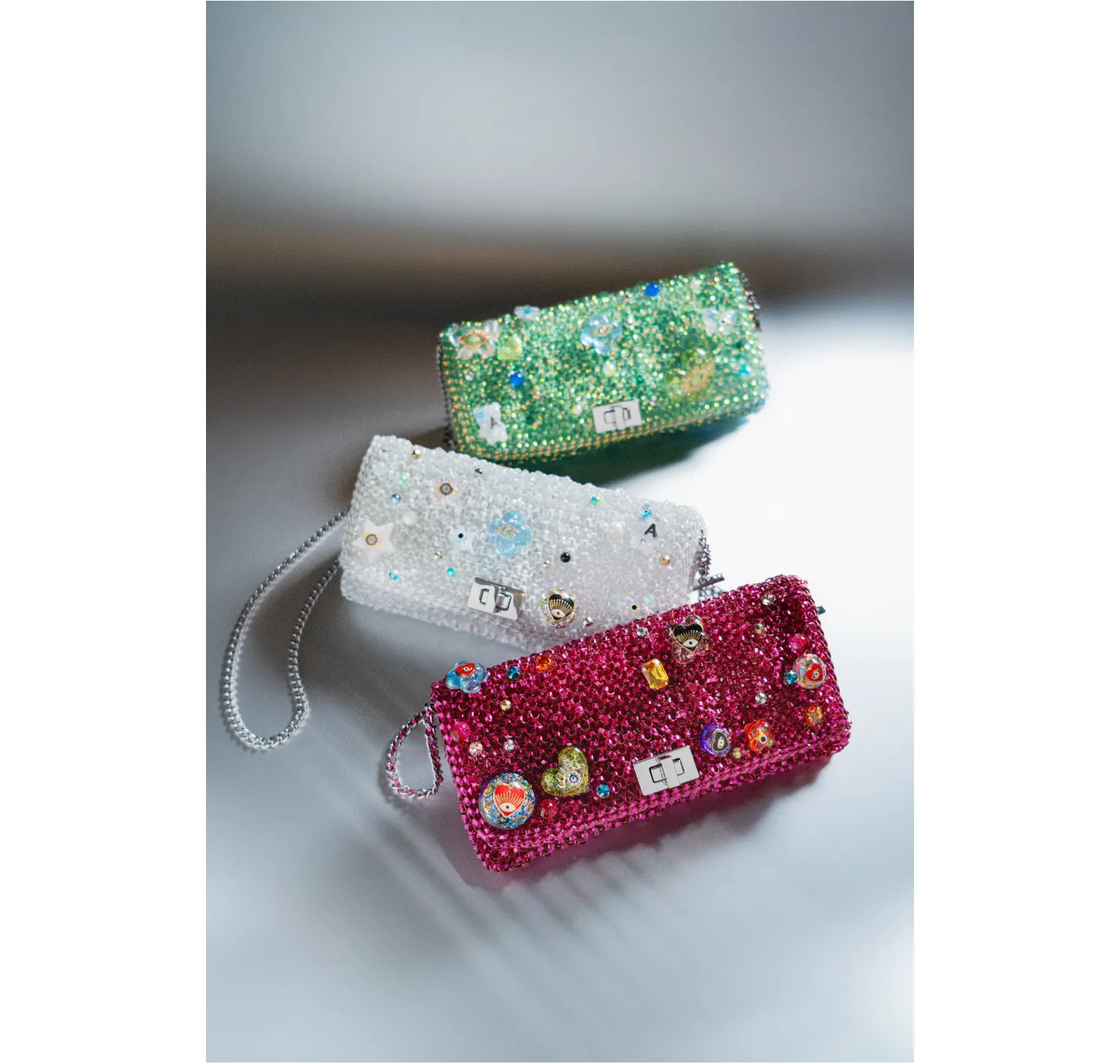
Our collaboration with Mika Ninagawa started in a wonderfully spontaneous way. Without any samples, she personally attached charms to ANTEPRIMA bags and showed it to me. We produced only a very limited run, but it immediately sold out.
Each collaboration has been warmly received by collectors, for which I feel deeply grateful.
As a collector that is active internationally, do you have any advice for Japanese artists aiming to reach a global audience?
Rather than consciously setting out to “go global,” I feel that my current position is the result of facing each task in front of me with sincerity. That is why I believe the most important thing is to devote yourself fully to what is right in front of you—and, above all, to enjoy the process.
What I personally value most is the power of articulating your dreams.
For example, if you wish to exhibit abroad, say it out loud. If you have a clear idea of who you want to see your work, express that, too. Many times, I’ve experienced opportunities open up simply because I voiced my intentions. When someone shares a clear vision with me, my immediate thought is, “How can I support this?”
The more concrete the vision, the more likely it is that meaningful collaborations and projects will emerge. Perhaps the more you articulate your dreams, the more others around you will feel moved to support them.
Lastly, do you have any hopes for Tokyo Gendai?
Looking at the global art scene, Tokyo seems to occupy a rather unique position. On an individual level, there is no shortage of passionate activity, but I feel there is still room for growth in terms of national-level support.
In Italy and France, governments actively support culture, whether through lending public squares, hosting events in civic facilities, or having senior officials attend major cultural openings. At the Venice Biennale, for example, high-ranking government representatives always attend the opening, visibly demonstrating the nation’s commitment to culture.
If Japan were to strengthen its engagement at a national level, I believe its art scene could take an even greater leap forward. I hope Tokyo Gendai can play a role in fostering that momentum—drawing the nation more deeply into cultural support, and thereby helping Tokyo secure a stronger position within the global art scene.
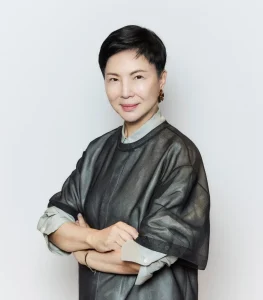
Izumi Ogino
Born and raised in Tokyo, Izumi first moved to Hong Kong during the 1980s and successfully established herself as a retailer focused on building Italian brands in Asia. She conceived of her brand ANTEPRIMA in 1993, which made its debut at Milano Moda Donna in 1998, making Izumi the first Japanese female designer to join the Milan Collection. The same year also marked the launch of the brand’s iconic creation, the WIREBAG.
As Creative Director of ANTEPRIMA, Izumi draws inspiration for her designs from her love of globetrotting and passion for different art forms, including fine art, literature, music, dance and theatre, as well as her extensive knowledge in jewelry design, floral design and make-up. She is also passionate about guiding the next generation of young fashion talent towards achieving their own success, and is actively involved as a sponsor and mentor.

